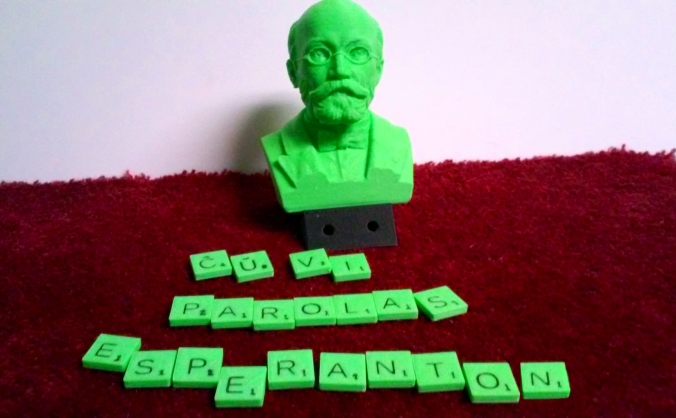
.
[English]
I finally leaned how to buy a domain name, and figured out how to use Ubuntu to host a website. It’s really interesting. On the one hand, starting my own website isn’t as hard as i thought it would be and is quite liberating, and on the other there are so many technical things associated with it that it’s actually harder than i thought it would be. So technical in fact that it approaches the very upper limit of my computer skills.
The Domain i bought is BioLumo.com for those who are interested enough to check it out. Be aware that my HTML skills are rather crude, and at the moment i’m hosting it myself, so it could very well go down at any moment. The name was chosen to attempt to be understandable by both English Speakers and Esperanto Speakers. Bio Luminescence in English, and Bio Illumination in Esperanto.
Anyway, so what does it actually take to create a website? Well, first you have to get over the idea that if you think of a website name that nobody else has ever thought of, that in theory it should be free. Strangely enough you MUST purchase a domain name from a Domain name registrar. The one i chose after reading several reviews was name.com. They have decent prices and good reviews. So yeah, you buy a domain name and pay a yearly subscription fee, or you can pay for more years in advance.
2. You need someone to host your website. I eventually don’t want to go to all the hassle of hosting my own website in the future, so i will probably pay someone else to host it. I’m thinking people who are computer geeks and open source fans. Yeah, Laughing Squid looks like a great place to host. They also seem to have awesome price rates on their cloud servers (Amazon EC2?).
This time i set up an old Ubuntu Computer to serve as my webserver. It took a bit of work. Not too much, but a little bit. I had to install Apache and FTP. I had to configure a few other things as well. The hardest part was trying to set up the permissions on the /var/www folder, because otherwise my server locks everyone out from accessing my website files.
Anyway, yeah. This is the first time i have ever had my own website. Hope i can figure out some cool stuff to put on it.
[Esperanto]
Mi estas elprovas nova retejo. Mi estas gastiganta ĝin min sur malnova Ubuntu Linukso maŝino. La Domajno mi aĉetita estas
BioLumo.com por tiuj, kiuj interesi sufiĉa rigardas ĝin. Esti konscias, ke mia HTML kapabloj estas iom kruda. La nomo estis elektita provi esti komprenebla per ambaŭ Angla parolantoj kaj Esperanto parolantoj. Bio Luminesko en Angla, kaj Bio Iluminado en Esperanto.









